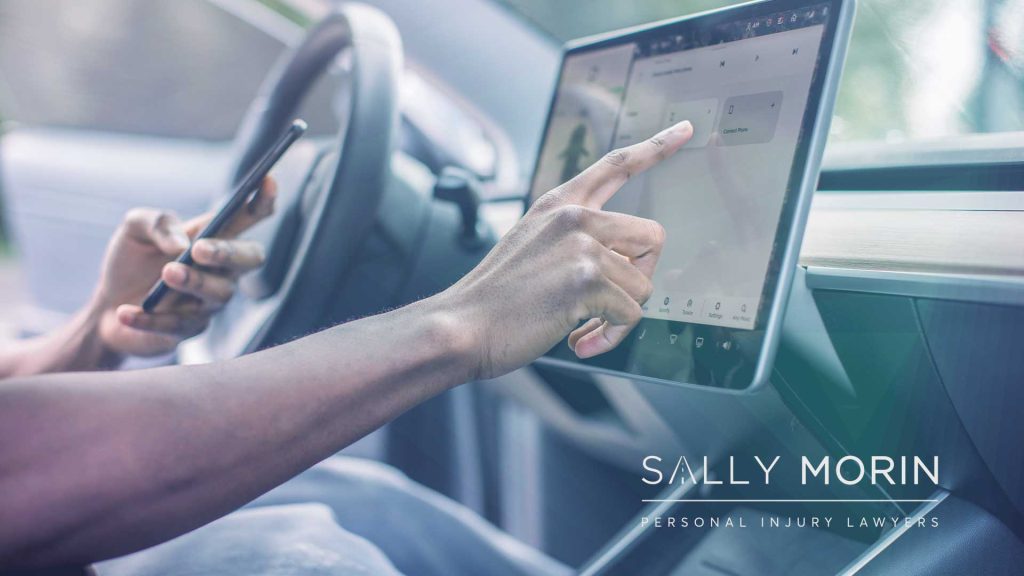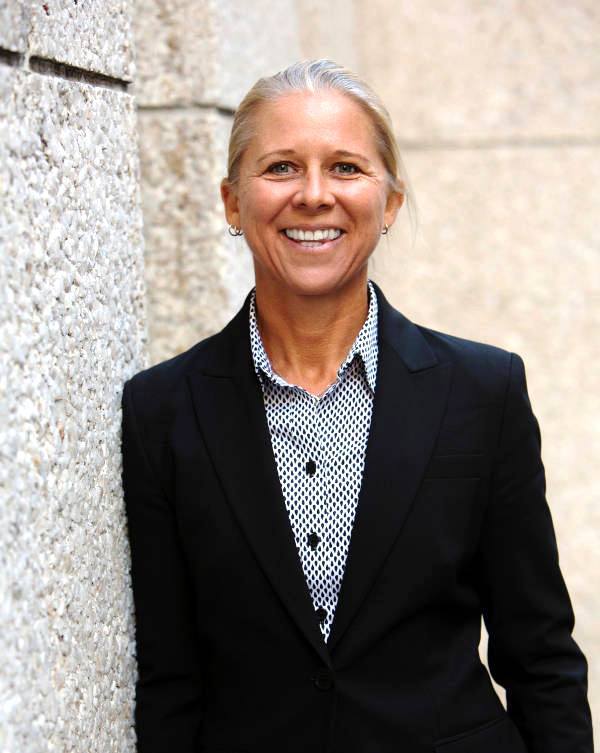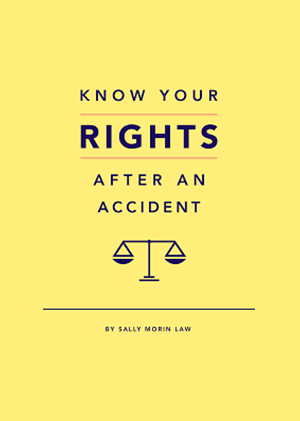Liability in Driverless Car Accidents
Every year, more and more self-driving cars cruise on California’s bustling roads. These vehicles are becoming increasingly commonplace, and more auto manufacturers and tech companies have started investing in self-driving technology.
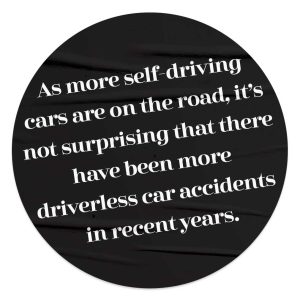
As more self-driving cars are on the road, it’s not surprising that there have been more driverless car accidents in recent years. This raises important questions regarding liability. In accidents involving standard driver vehicles, liability falls on the person who caused the accident. But what about an accident involving a car operating without a driver?
In this blog, we’ll unpack the question of liability in self driving car accidents. Additionally, as these cases are often complex, we recommend contacting a self-driving car accident attorney if you’ve been involved in a driverless car accident.
Manufacturer Liability in Self-Driving Car Accidents
Liability for self-driving car accidents sometimes falls on the vehicle’s manufacturer. The company that developed or contributed to the self-driving vehicle may be responsible for car accident victims’ injuries and other damages.
One critical note is that for a company to be responsible for a self-driving car accident, its product must have been faulty, and this flaw needs to have caused the accident in question. Some examples of self-driving manufacturing issues include design flaws, software malfunctions, and manufacturing errors.
For instance, if an auto manufacturer’s self-driving car has a glitch that prevents a human driver from taking control of the wheel, leading to a crash, the manufacturer could be liable. Their faulty product directly caused the accident and the resulting damages.
Additionally, liability may fall on a company that was responsible for certain parts of the vehicle or the car’s self-driving software. To take a famous example, the Takata Corporation was liable for numerous vehicle accidents as well as injuries and fatalities due to their faulty airbags. While a vehicle’s primary manufacturer may not be at fault for a collision, a company that contributed to the design, software, or mechanical components of the self-driving car could be liable.
Is the Owner of the Car Liable for an Accident?
While there have been incidents of injured individuals seeking damages against self-driving car manufacturers, responsibility for these accidents often falls on vehicle occupants and owners. The reason why this is the case is because the law requires self-driving car occupants to prevent the vehicle from causing accidents and breaking traffic laws. More specifically, a licensed motorist must sit in the driver’s seat, and they need to monitor the roads to ensure the self-driving vehicle complies with traffic laws.
Further, the motorist sitting in the driver’s seat cannot be distracted or under the influence of drugs or alcohol. They need to be alert in case they must take over the self-driving car to avoid an accident or traffic violation.
Consider the scenario where a vehicle occupant in the driver’s seat isn’t paying attention to the road. The self-driving vehicle’s sensors fail to recognize an approaching stop sign, resulting in a collision. Even though the self-driving car made a mistake, it was the driver’s responsibility to take over and prevent the accident.
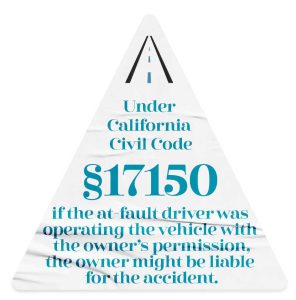
One way to tell whether a collision is the driver’s fault or the manufacturer’s is based on whether the driver could have potentially prevented the crash from occurring. If a software malfunction prevented the human driver from taking over, the company that was responsible for the software would likely be at fault. In this scenario, the occupant sitting in the driver’s seat couldn’t avoid the collision.
In addition to driver liability, the owner of the self-driving car may be responsible. California Civil Code §17150 states that, “Every owner of a motor vehicle is liable and responsible for death or injury to person or property resulting from a negligent or wrongful act or omission in the operation of the motor vehicle.” This applies to self-driving cars as well, meaning that if you lend your self-driving car to a friend and they are in an accident, you may be partially or wholly responsible.
Who Else May Be Responsible for a Self-Driving Car Accident?
While drivers and car owners are typically responsible for self-driving car accidents, other parties could be partially or wholly responsible. Some examples of other parties who could be held financially accountable for property damage and injuries include:
- Employers: In the event that the driver who caused the accident was operating the vehicle in service of a company, the employer may be financially responsible.
- Government Entity: If a damaged or poorly designed road, signs, or signals contribute to or cause a crash, a state or local government body may be partially or wholly liable.
- Mechanic or Auto Repair Shop: If a mechanic or repair company damages or fails to fix an issue with a self-driving vehicle, they could be financially responsible for a collision. For example, you bring your self-driving car to an auto repair shop to replace your brakes. Days later, you’re involved in an accident caused by your car’s faulty brakes. The auto repair shop may be liable because they failed to replace your brakes and didn’t inform you about the issue, leading to the accident.
Contact a California Self-Driving Car Accident Today
Liability in self-driving car accidents is often complex. If you were involved in an accident involving a self-driving vehicle, you’ll need to be able to prove that the responsible party was at fault in order to recover damages.
The sad reality is that many car accident victims struggle to recover the compensation they deserve for property damage, past and future medical bills, lost wages, and other damages. For that reason, it’s crucial that you contact an attorney who can help you recoup your losses.
For expert California self-driving car accident attorneys, contact Sally Morin Personal Injury Lawyers. You can schedule a free case evaluation today by calling 877-380-8852 or online here.
